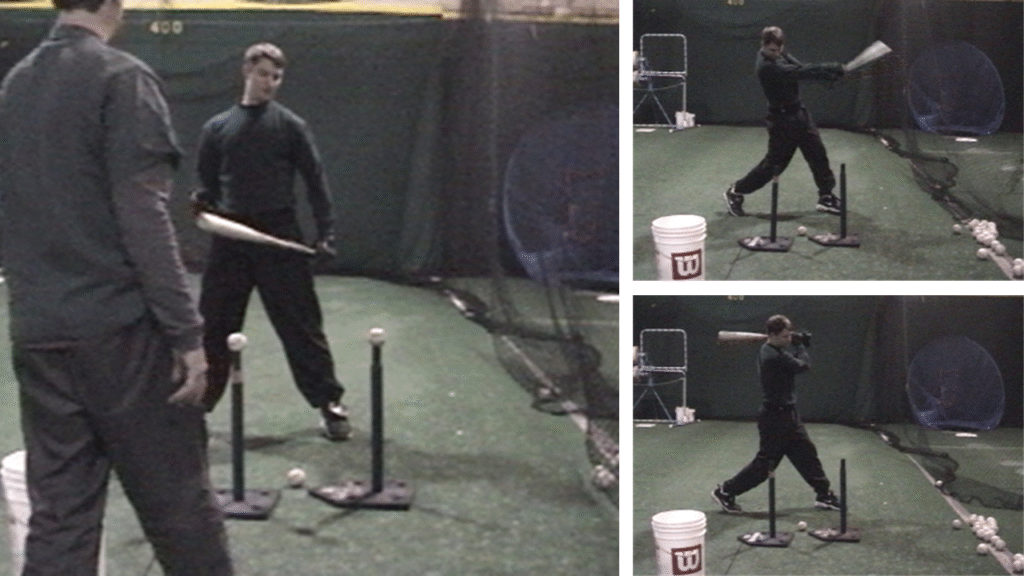
Why Everything You Think About the Swing Might Be Backwards
By Ken Cherryhomes ©2025
Preface
Rethinking the Swing: Start Where It Ends
Most swing theories begin with form. This one begins with function.
In baseball instruction, hitters are told how to swing: what shape the bat should trace, what angle to create, what plane to match. But all swings, no matter the philosophy, end in one place: contact.
This model begins there. It doesn’t ask how the swing got to contact. It asks a more objective, measurable question: “Where and when must the barrel be in space for contact to be successful?”
This changes everything.
A New Way to Engineer Contact
By mapping the precise 3D spatial positions where successful contact occurs across all 25 locations in the strike zone, this system reframes the discussion entirely. It doesn’t model the swing. It models the requirement. The bat must arrive at a specific place in space, at a specific time, for each pitch location, regardless of swing philosophy. That’s the constant.
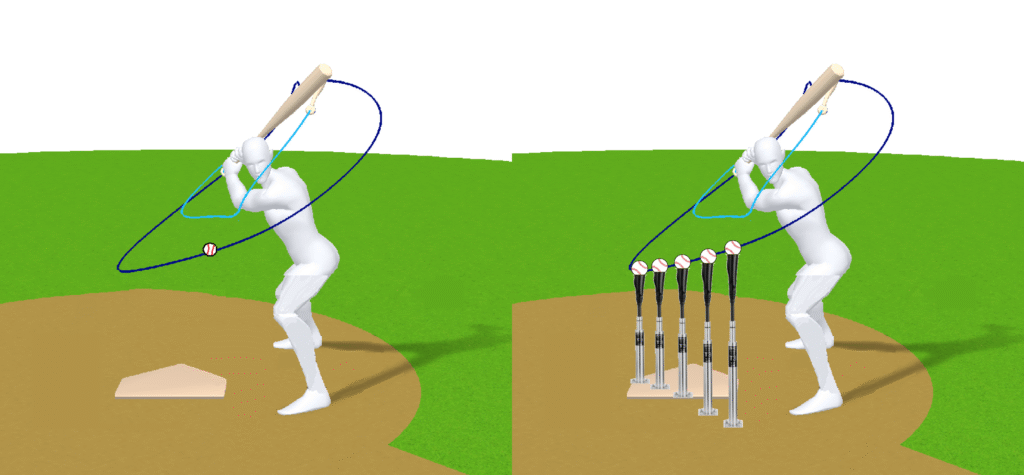
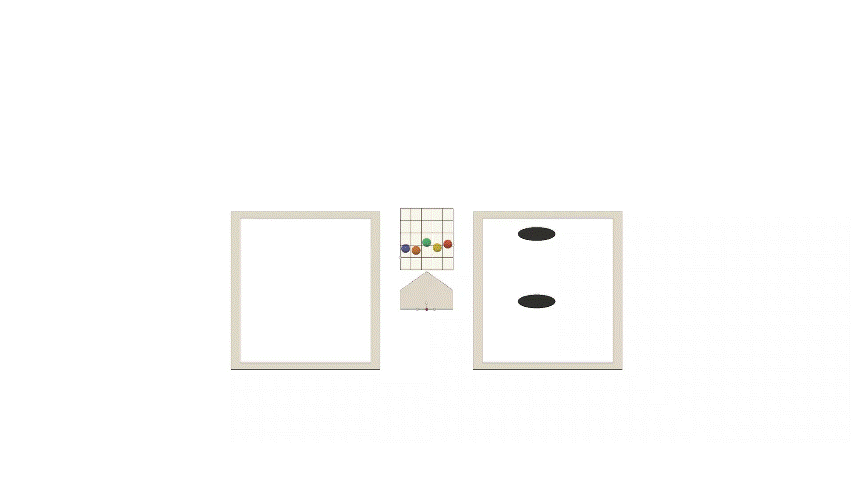
This map is based on the batter’s “A” swing, their natural, unmanipulated swing used when hunting a fastball. It assumes one consistent arc of the barrel, unaltered by situational intent. The pitch location moves. The swing does not. Each ball is imagined being struck along this arc, like a chain of dominos falling at different depths across the strike zone. What results is a pure observational model of where contact tends to occur when nothing is forced.
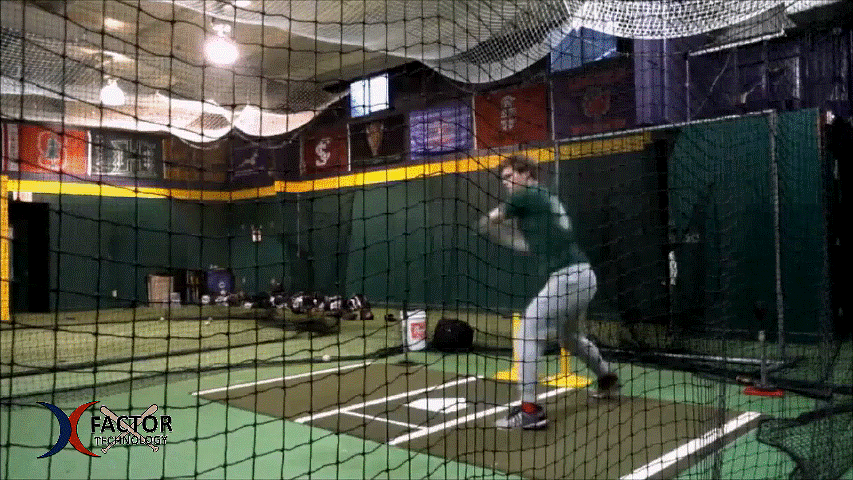
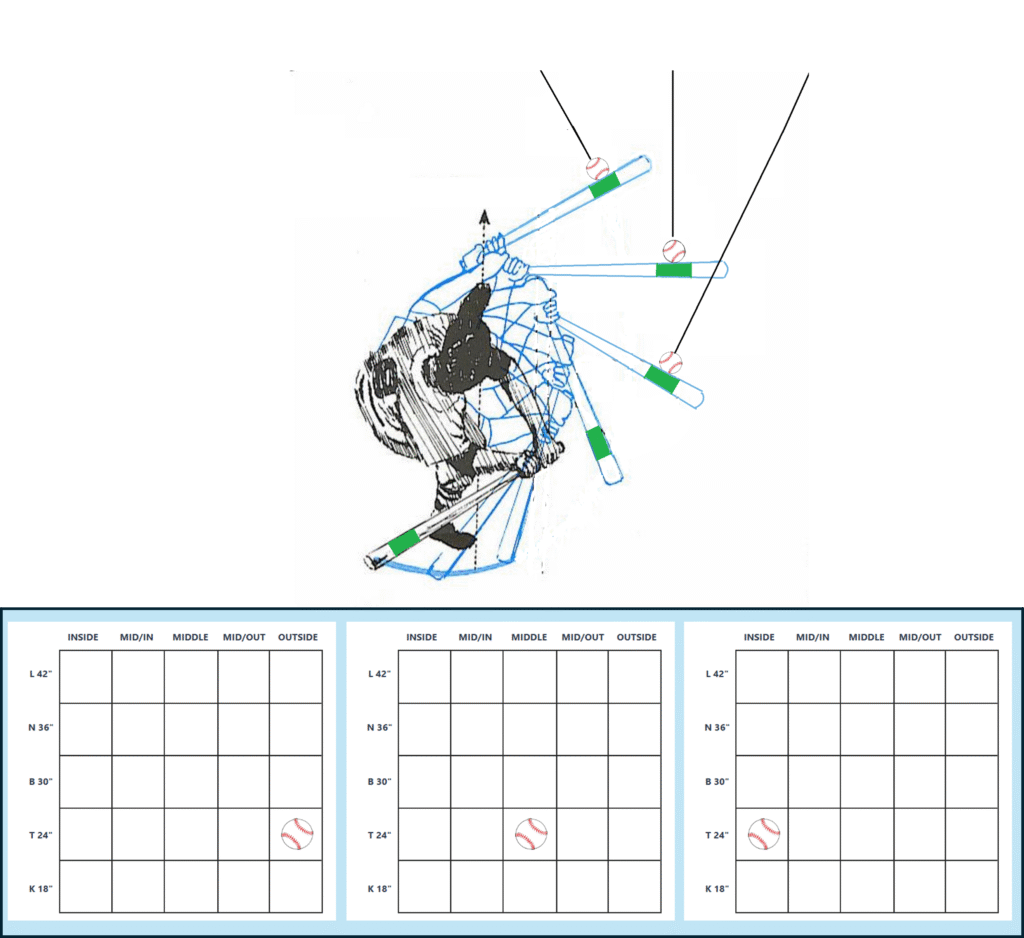
Yes, hitters can adjust. They can broaden their swing arc to pull an outside fastball or delay their swing and pull their hands in to inside-out an inside pitch the other way. But those require intent. Intentional changes to the arc’s shape. They are compensations, not the baseline. The map shown here is the structural foundation, not the overlay. From this, situational variants can be derived and compared. But first, the geometry of a single, efficient swing path must be understood on its own terms.
This model does not know the batter’s intent. It does not ask how the swing arrived. It does not know the velocity of the pitch. It captures only what matters: where the bat must meet the ball in space, and when. In that way, it remains completely agnostic. Entirely unbiased.
And that is its greatest strength.
The debate around swing mechanics has often centered on how a batter should move. Coaches prescribe angles, intentions, and philosophies with the belief that certain swing patterns optimize outcomes. But few have asked a more objective, foundational question: Where, precisely, does the bat need to be and when, not how it got there, in order to produce successful contact at each pitch location.
This article presents an answer to that question in the form of a 3D spatial-temporal contact point model. It is not a theory, not an opinion, and not a style. It is a map. A structured representation of where successful contact must occur across all 25 zones of the strike zone grid. And unlike prevailing swing models, it is not built on assumptions about swing intent or mechanics. It is built on empirical intersection points, fixed in space, repeatable, and unbiased.
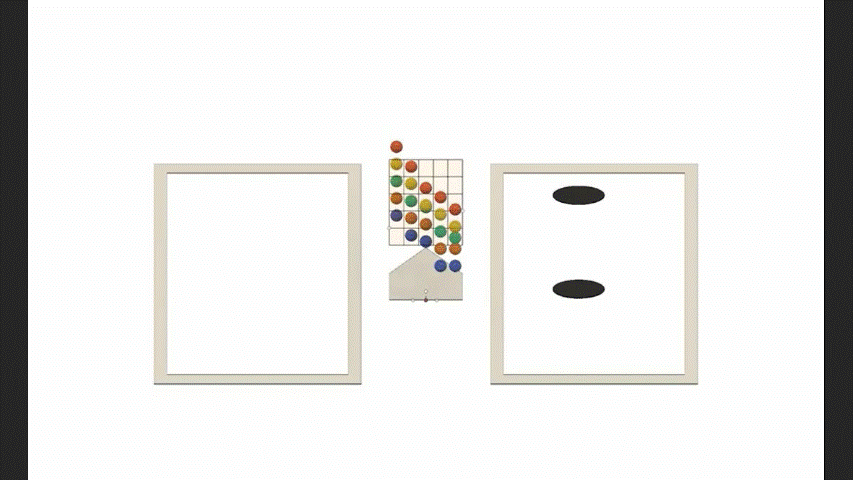
Understanding the Fixed Zone vs. Batter-Anchored Collision Points

In baseball, the strike zone is defined as a 2D box suspended above home plate. This grid is used to call balls and strikes, and it does not change with pitch type, batter stance, or timing. But while that rulebook zone remains fixed, the location where the bat must collide with the ball is not plate-anchored. It is batter-anchored.
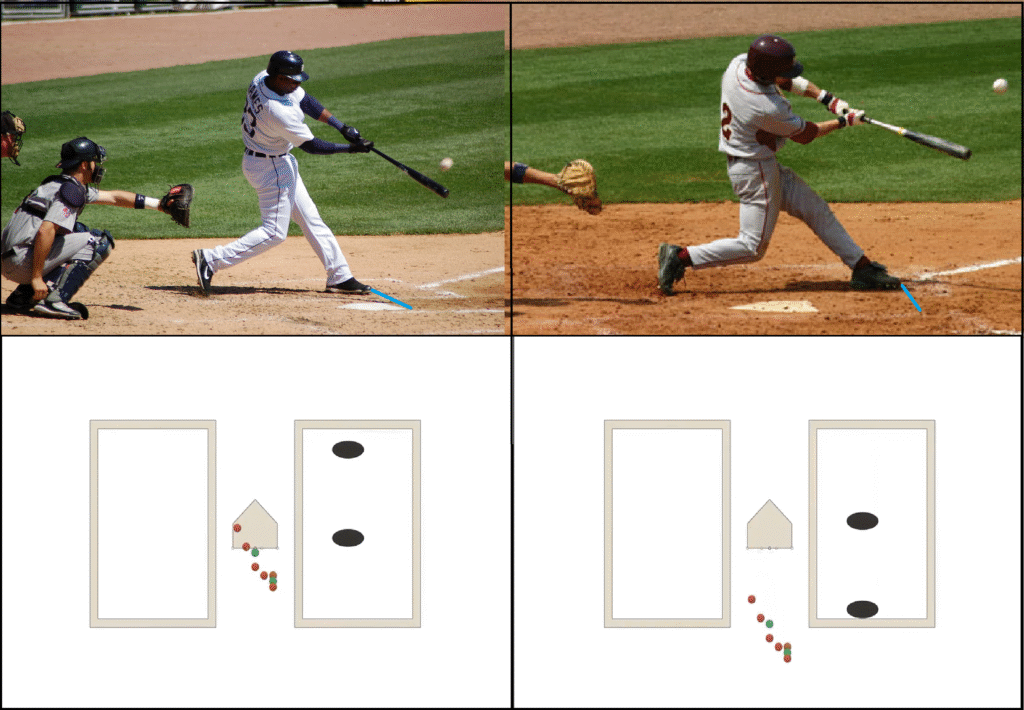
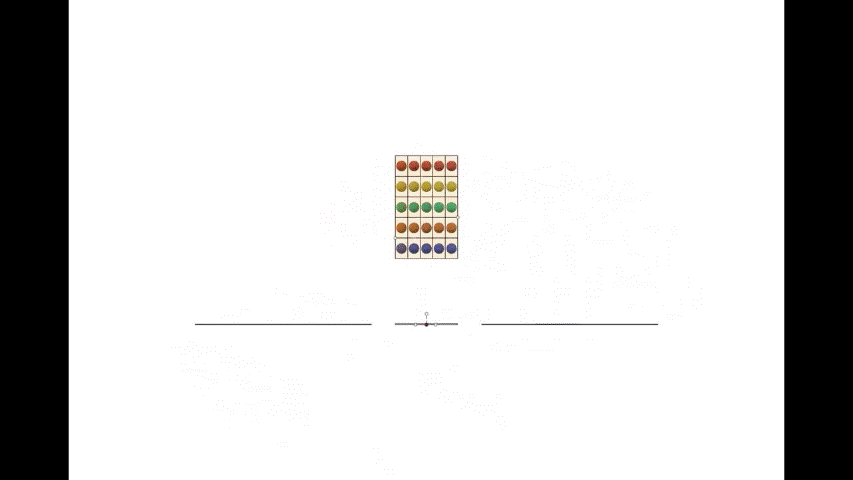
Now we can view the hitting zone from a 3-D perspective. The animation above shows how the batter’s position in the box changes the depth (relative to the plate) at which the barrel intersects each pitch location. The strike zone stays locked in place, detached from the batter’s swing arc geometry. The swing arc does not. As the batter moves forward or back, the optimal contact points shift with the batter accordingly. This is not a matter of preference or style. It is dictated by the geometry of the swing.
Does Pitch Velocity Change Contact Points and Depth?
No. Consider this: the images and GIFs used here do not depict different pitch velocities. That is intentional.
Whether the pitch is traveling at 50 miles per hour or 100, the collision point, relative to the batter, remains the same. The bat must still intersect the ball at the same depth and spatial position to produce the same result. What changes is the time available to get there, not the location of the required intersection. This distinction is often missed.
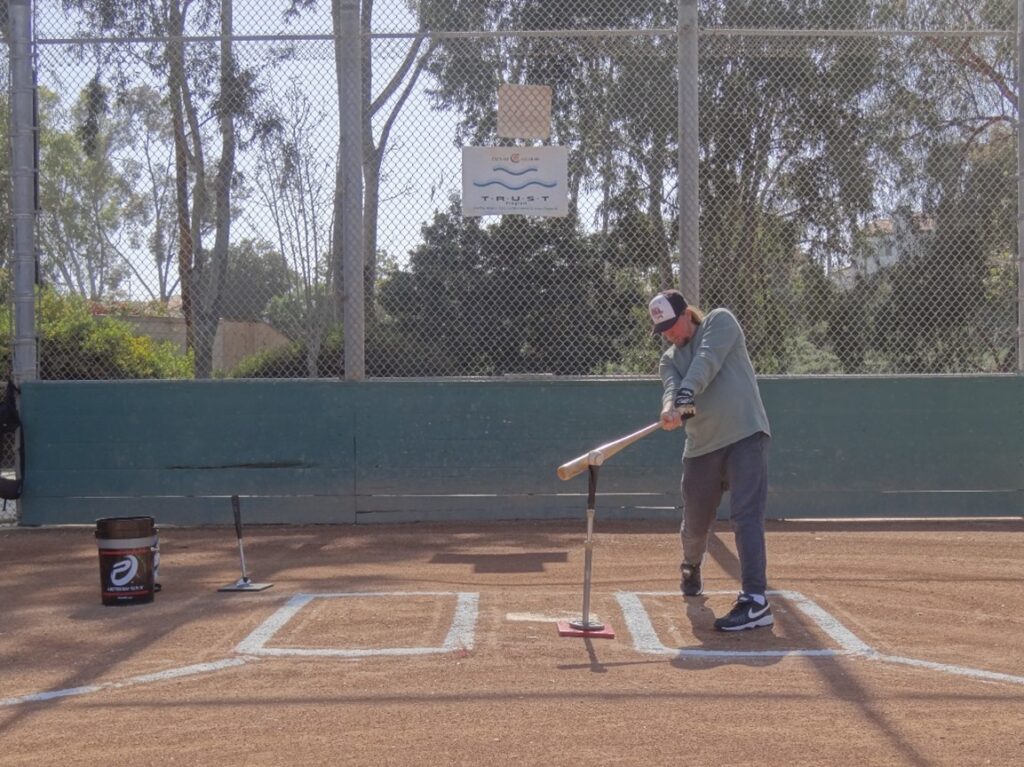
A batting tee illustrates this perfectly. The ball is motionless, yet the hitter can replicate the exact contact point needed to produce the same exit spray angle they would expect off a live pitch. The collision geometry does not care about pitch speed. The barrel must arrive at a specific place, at a specific angle. If it does, the outcome is consistent. Pitch velocity only affects how much time the hitter has to make that happen. It does not change the required point of contact.
This is why the model treats contact points as fixed spatial solutions. These are not estimations. They are frozen frames of the barrel arriving at the correct place in space. That frame does not shift with velocity. It is grounded in physical constraint, not context.
When we build a swing model around these collision points, we begin with the arc of the swing itself and move the pitch locations around it. That is the only way to map the truth of contact without distorting it through external variables.
The Illusion of Training Bat Angle
Most current swing theories begin with intent. “Hit the ball in the air.” “Get on plane.” “Work uphill.” Each of these frameworks imposes an idealized swing shape or bat path orientation, usually measured through metrics like vertical bat angle (VBA) or attack angle and treats this intent as a cause of optimal contact.
The problem is, this reverses the actual relationship. Intent is not the determinant of successful contact. The intersection of the bat and ball in space is. The swing is merely the delivery vehicle to that intersection point. Most mis-hits and swings and misses occur while applying the same intent as when swinging for a home run.
When metrics like vertical bat angle (VBA) are used as performance indicators, they are often misinterpreted as directional goals rather than post-hoc consequences of where the bat must go. As a result, batters are trained to chase mechanical positions that may or may not align with the true spatial demands of making flush contact across different pitch locations.
This fixation on deliberately shaping the barrel’s angle in real time introduces the potential for cognitive overload. The swing is a fluid, high-speed event driven by perception and response. Imposing conscious angle control into that process can interfere with natural coordination. In reality, hand-eye calibration and task intent are often sufficient. The body self-organizes toward the objective when the focus is external, and the goal is clear. Over-training bat orientation can compromise that clarity, replacing instinct with overprocessing.
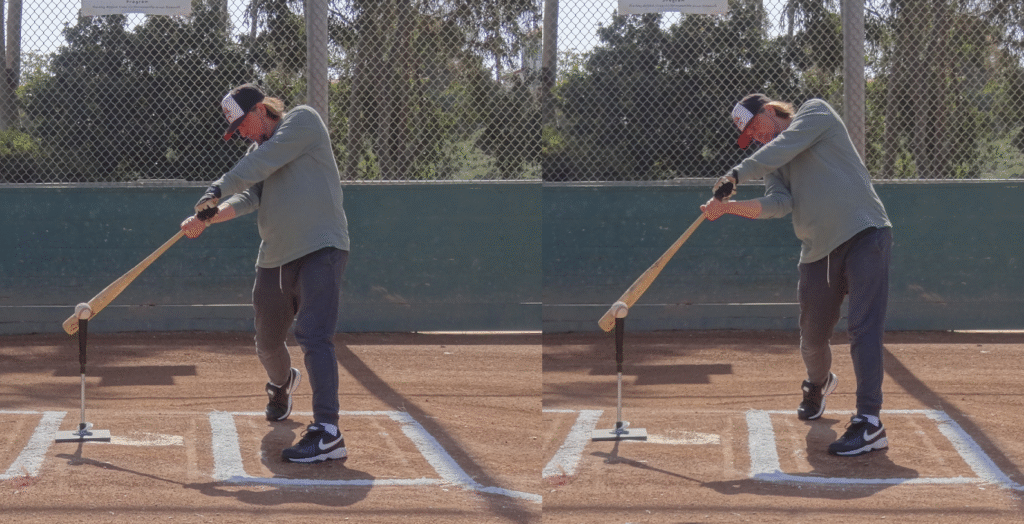
VBA numbers only have meaning in relation to the contact point. A steep VBA may be functional for a low fastball and dysfunctional for a high one. The orientation is not inherently good or bad, it’s contextual.
What this standardized model does is reframe orientation as a consequence of spatial necessity. You don’t train VBA. You train to reach a point in space. The necessary bat angle emerges as a result of that.
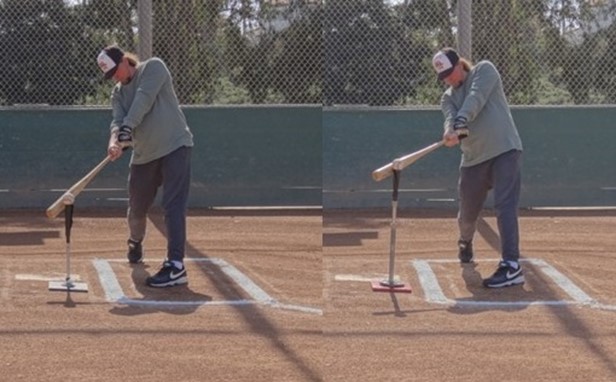
A Model Built on Intersection, Not Assumption
The contact point model ignores swing path entirely. It does not care how the bat got there. It does not know the batter’s intent. It does not consider what a coach thinks the swing “should” look like. It measures only this: Where did the barrel meet the ball in 3D space, and when.
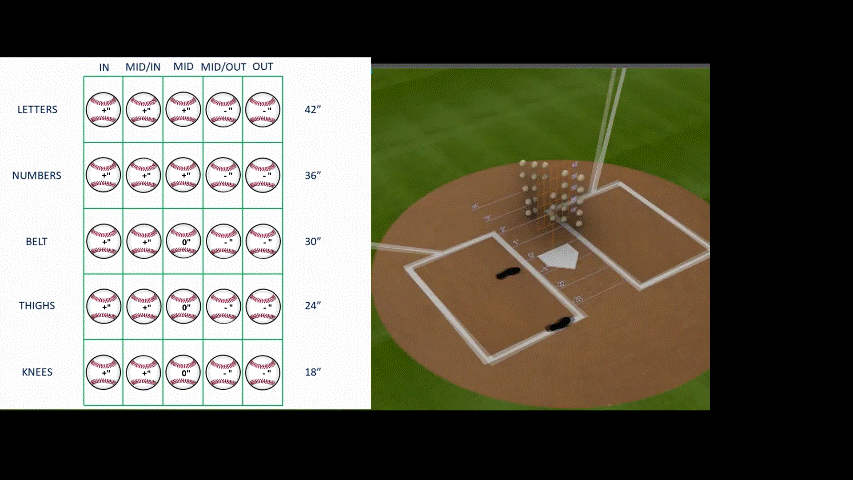
Each zone has a specific depth and spatial coordinate where solid contact tends to occur. These were not guessed. They were measured, modeled, and aligned to the reality of spatial intersection. This allows a full 25-location map to be constructed, not based on orientation theory, but on verified contact realities.
The Power of Invariance
Because this model is rooted in fixed outcomes rather than variable inputs, it produces stable, cross-relatable data. Two batters with different swing paths may both arrive at the same contact point for a low and away pitch. The model captures that outcome equivalence, even if their mechanics were entirely different. This is something ideology-based models cannot accommodate.
- It does not assume what VBA should be.
- It does not presume whether a pitch should be hit in the air or on a line.
- It does not dictate how the batter should feel or move.
It only establishes where the bat must be and when it must be there for each location in the zone.
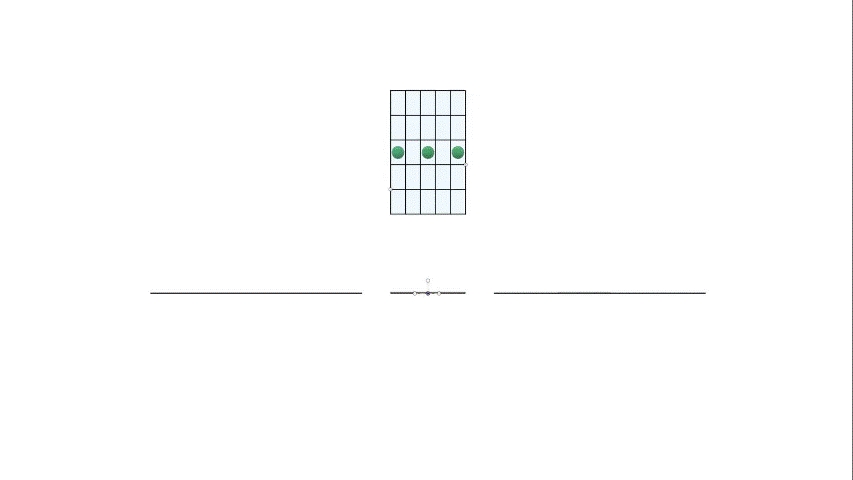

This invariant mapping becomes a reference framework. It can be overlaid onto swing capture data or used to check whether a swing’s timing and depth align with optimal contact locations. It becomes a post-event truth detector.
Why This Matters
If the goal is to teach hitters to optimize outcomes, the place to start is not with ideology. It is with reality. Contact is not made at a theoretical point. It is made at a physical one. Batters who understand where success lives can organize their movement around that. Mechanics become subordinate to precision. Intent follows spatial awareness, not the other way around.
This has massive implications for:
- Player development: Hitters can train to intersect pitch-specific contact points rather than defaulting to a one-swing-fits-all model.
- Swing capture tech: Systems can validate swing efficiency by comparing captured swing paths to spatial maps.
- Scouting and evaluation: Objective depth mapping reveals true proficiency at reaching each zone, not just overall launch characteristics.
- Predictive modeling: Spatially fixed contact points enable simulation of optimal swing outcomes against different pitch types, locations, and game scenarios, allowing models to forecast success probabilities with greater accuracy.
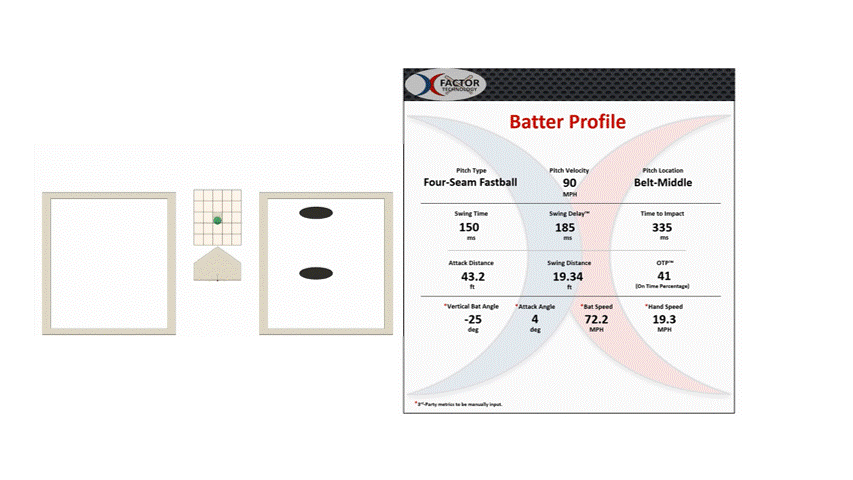
Objective Reference, Not Subjective Theory
This model doesn’t teach hitters how to swing. It tells them where they need to arrive. And that shift, from ideology to spatial reference, has the potential to upend how we talk about hitting entirely. Because in the end, contact is not theoretical. It is spatial. It is temporal.
Everything else is commentary.